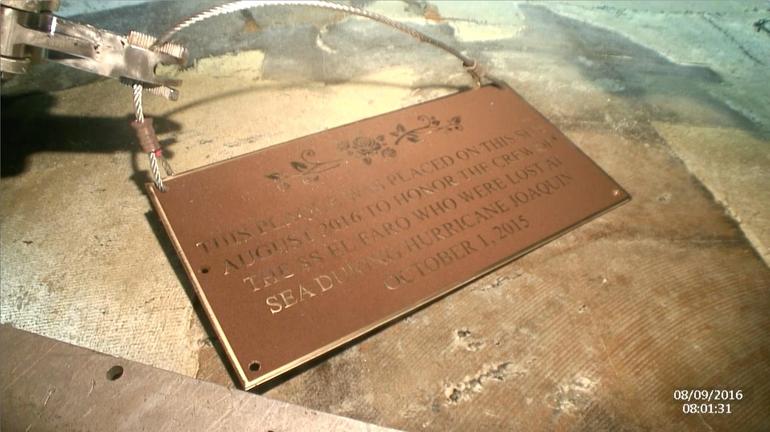TC greases sqeaky wheel

11 dead, 70 injured, USD8 million in damage, almost USD90 million in legal settlements was the result of the Staten Island ferry Andrew J Barberi, slamming into a pier, on October 15th, 2003. On the list of major maritime accidents it was pretty significant, but for seafarers around the world, it was the match that lit the “crack down” on seafarer medicals.
As for the cause, the National Transportation Safety Board’s report zeroed in on the medical history of the Assistant Captain, at the controls of the ship at the time of the accident. The NTSB mostly focused on the United States Coast Guard’s system of determining medical suitability of the seafarers it certifies. Like all good accident report, it makes for very interesting reading, providing crucial understanding in preventing future accidents.
The US NTSB would go on to release recommendations to the USCG on March 18, 2005, with a heavy focus on tracking medical history and prescription use. Following this, the International Labor Organization release of the Marine Labor Code in 2006 (MLC2006) included significant changes to medical standards for Seafarer Medicals, Marine Medicals, or Marine Medical Certificate as some refer to it as.
Before this, Marine Medicals in Canada were like a bit of “nice to have” documents, rarely were they inspected. When I started sailing in the 1990’s, they were valid for 2 or 3 years, depending on your age, with 50 being the difference – if I remember correctly.
With MLC2006, seafarer medicals became one of the prime seafarer documents to have, without it, no other document was valid. I recollect this change was “all of a sudden” quite enforced, and a noticeable departure from prior times. The interval for seafarer medicals was shortened around the world to 2 years, no exceptions. The examinations has to be done by an approved doctor, following approved guidelines. If you are under 18, then a medical has to be done every year.
That is until Transport Canada (TC) released Ship Safety Bulletin #05/2022, in March 2022, updating bulletin 25/2020, of 2021. In the bulletins, TC issued new directives on Marine Medicals Certificate concerning the validity of seafarer medical suitability. Henceforth, if you are working on a “domestic” vessel operating in Canadian waters, then the interval between Marine Medicals is 5 years, instead of 2.
I am currently awaiting my official Marine Medical Certificate, so I am anxious to see my new certificate with two dates of expiry will look like. One date is to comply with STCW norms, while the second date will comply with “domestic” vessels – or until the next Ship Safety Bulletin is issued. I can already imagine (dread) the fight with the company about reimbursement of the medical’s cost, vis a vis the clerks interpretation of the voyages I have done at sea. I am also weary of explaining the dates to Port State Control officers when I go back sailing international.

To my knowledge, no reason has been given as to why the changes have been implemented, or as to why TC departs from the norms accepted around the world. The logic behind this change escapes me, but looking at the history of decisions seems that when “capital’s” corner of the industry complains, TC reacts, to grease the squeaky wheel. In doing so, Canada carves out yet more confusion, furthering the impossible complexity of Canada’s seafarer certification system.
Incidentally, the Andrew J Barberi was considered a “domestic ship” operating on a “domestic voyage” at the time of the accident. The United States Coast Guard (USCG) seafarer medical examination requirement at the time, were to submit the results of a Medical Examination by a qualified medical professional, at five year intervals. There was an additional requirement to have an annual medical examination for deck officers with “piloting” duties, however, these requirements were not routinely enforced.
You can view the five page bulletin that explains the changes here.



